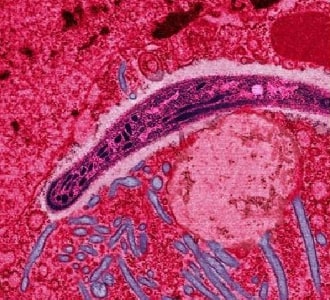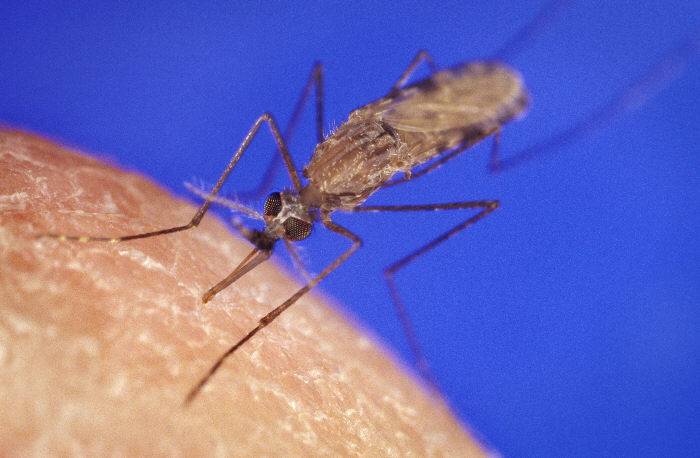Malaria is a life-threatening parasitic disease that is prevalent in much of the tropics. It is caused by Plasmodium spp. parasites, the most common forms of which are P. falciparum and P. vivax, with P. falciparum malaria being the most prevalent and dangerous. Female mosquitoes of the Anopheles genus are the primary hosts and transmission vectors. Field surveillance shows that female mosquitoes prefer to feed at night, beginning at dusk and continuing throughout the night until taking a full blood meal. When an infected mosquito takes a blood meal from a human, it may inject the malaria parasite into the bloodstream.

Malaria is preventable, controllable, and curable. Considerable progress has been made in the prevention and control of malaria in recent years through major campaigns of case detection, case treatment, and vector control. The use of rapid diagnostic tests (RDT) and artemisinin-based combination therapy (ACT) are the foundation of parasite control in humans. It is important to emphasize that malaria is transmitted only through the bites of infected mosquitoes, so both personal protection and mosquito vector control are key to prevention.
Vector insects
Primary mosquito vectors of malaria in Africa include Anopheles gambiae, An. arabiensis, and An. funestus. In Asia, An. stephensi, An. dirus, An. maculatus, An. sundaicus, and An. minimus are important vectors. In Latin America, An. darlingi and An. albimanus are important vectors, but An. nunestovari, An. pseudopunctipennis, and An. albitarsis are responsible for transmission in some settings. The ecology of each of these mosquito species is different, affecting both their role in transmission and the selection of appropriate vector-control methods.

The focus of vector control in Africa (where the majority of the malaria burden exists) is on the use of long-lasting insecticide-treated nets (LLITN) and indoor residual spraying (IRS), due to their capacity to both control vector populations and break transmission by killing infected adult female mosquitoes. These methods have performed well against key African vector species, which prefer to feed and rest in houses. Insecticide resistance and shifts in vector behavior toward outdoor biting have recently impacted this success, leading to interest in general mosquito-population control through larval source management (LSM). IRS and LLITNs contribute vector control in other parts of the world, but malaria vector control is generally conducted by a more integrated approach, including LSM, especially in Latin America.
Resources
Learn more about Malaria disease
Product selection dependent on vector biology and ecology
Quick Links
Contact a Valent BioSciences public health representative.
Contact Us